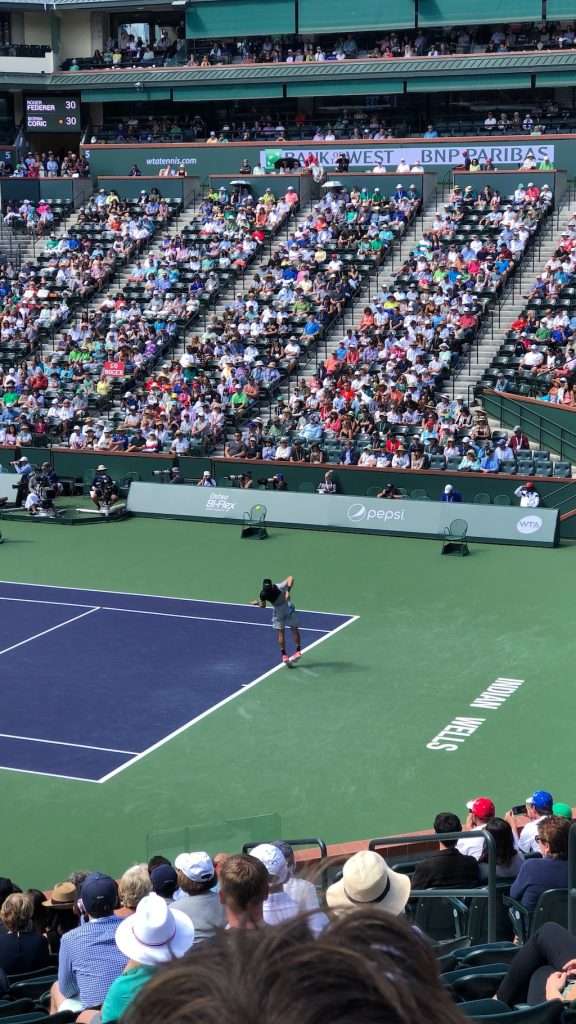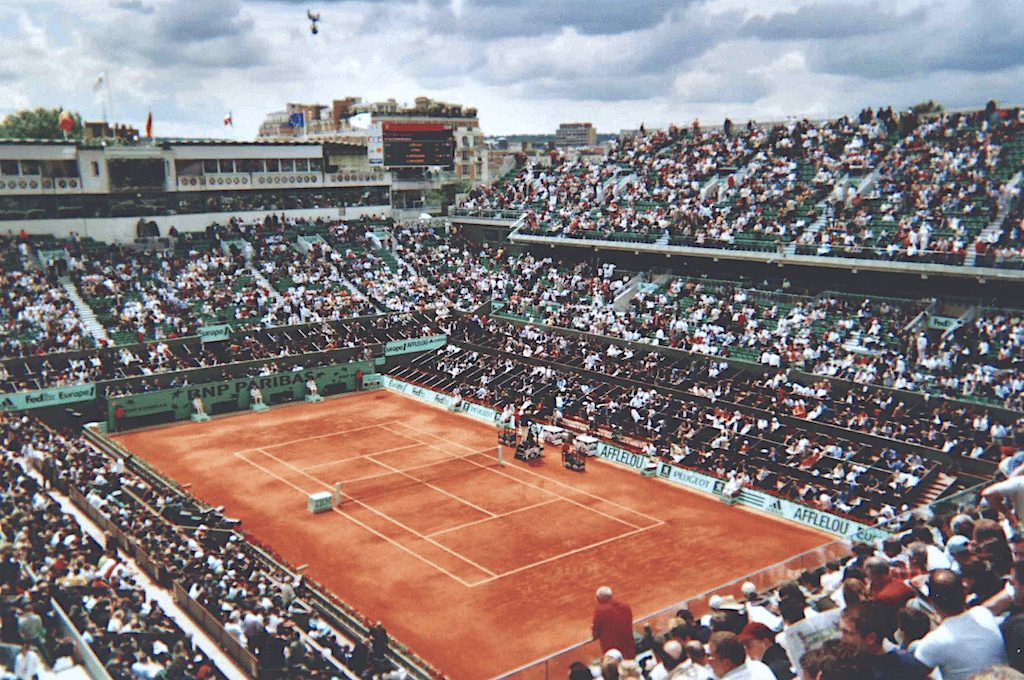If you’ve been planning to attend any of the Grand Slam tennis tournaments, you might want to dress in layers.
According to predictions by Nate Silver’s FiveThirtyEight platform, climate change is taking its toll on the beloved Grand Slam tennis tournaments as well as other outdoor sports. The numbers are discouraging.
Last year, FiveThirtyEight looked at forecast models based on the Sixth Assessment Report from the IPCC, assuming the current use of fossil fuels remains unchanged over the next several decades. If this is true, the planet is expected to see a rise in temperatures of 6 to 10 degrees Fahrenheit over pre-industrial levels.
Climate forecasts
The models, which are not daily forecasts but predictions based on the changing climate, show that by 2050, the four major outdoor tennis tournaments at their current calendar spots would likely be untenable. The Australian Open, for example, which opens the Grand Slam season every January, “could feel as hot as 147 degrees Fahrenheit, with an air temperature of 105.4 and relative humidity of 58.2 percent,” writes Jonathon Braden for FiveThirtyEight.
“At the 2050 French Open in Paris, players could experience a heat index of 113 degrees, with the temperature potentially reaching 90. The high when Nadal won his record-extending 14th Roland Garros title earlier this month? 72 degrees,” Braden notes.
“At Wimbledon, the groundskeeping crew will have to work extra hard to keep the lawns lush and tidy as it could feel like 102 degrees in London in 2050,” Braden explains. “But that might feel like a reprieve compared with the 2050 U.S. Open in New York, where the heat index could rise to 145 degrees.”

Of course, it’s not just tennis in danger of extreme heat jeopardizing the game. Other sports, including soccer, baseball, football, and golf are all typically outdoor sports. But tennis is particularly vulnerable to climate change’s impact because, unlike team sports where there’s often ample bench time, tennis players are on the court the entire match, which can last several hours.
FiveThirtyEight points to several recent extreme heat incidents that foreshadow what could lie ahead.
At the 2014 Australian Open where temperatures surpassed 107°F. U.S. tennis great Serena Williams told the BBC that she kept waking up in the middle of the night “just paranoid,” about the heat. “I just wanted to stay hydrated. The last thing I want to do is to cramp in this weather. It can happen so easily.” Ivan Dodig of Croatia said he feared that he could “maybe even die.”
In 2018 at the U.S. Open, Roger Federer said he was happy the match ended in the muggy, humid heat. “I just struggled in the conditions tonight. It’s one of the first times it’s happened to me,” he said at the time.
There were concerns at the Tokyo Olympics last year, too as temperatures soared into the 90s.
According to Ethan Hill, a professor in the School of Kinesiology and Physical Therapy at the University of Central Florida, once temperatures reach 104°F or higher, we risk suffering heat stroke and potential organ failure. The challenge for athletes is the heat they’re already producing by their physical activity.
“We have that known limit,” Debra Stroiney, a professor of kinesiology at George Mason University, told FiveThirtyEight. “Our bodies are going to say ‘no,’ or the core temperature increases to a point where our brain will actually say ‘stop.’”

“Running a marathon, you’re out there for hours, constantly working,” she said. “But tennis, too, they’re out there sometimes three, four, five hours, depending on the match, and yeah, you’re sitting down once in a while, not hitting the ball once in a while. But they’re also running around, and they’re constantly moving.”
Hill says it will be incredibly important to develop strategies “to cool people down.”
“This obviously will become more important as the planet continues to warm and as we continue to compete in these warm climates,” he said.
Climate action
But that’s just addressing the effects of climate change. For some in the tennis world, more action needs to be taken now to keep the planet from surpassing the 1.5°C Paris Agreement target so that we don’t have to worry about athletes playing on too-hot courts.
In 2019, all four of the Grand Slam tennis tournaments joined forces to fight climate change by joining the Sports for Climate Action Framework.
“In the face of the climate crisis urgency, we must combine our strengths and generate peer pressure with other events – especially the four Grand Slams, including athletes, partners, and all of our stakeholders”, said France’s Roland Garros President Bernard Giudicelli.
“The USTA is proud to support the UN Sports for Climate Action Framework and become an international voice for environmental responsibility,” said Gordon Smith, USTA CEO and executive director. “Tennis is truly a global sport and we are looking forward to using the U.S. Open as a platform to promote the important principles set forth in the Framework.”

“The engagement of the tennis world is very valuable for this initiative. We need everyone on board. It takes the combined efforts of all sectors of society, including business. Including sports. Including tennis”, the U.N’.s Climate Change Executive Secretary Patricia Espinosa said in a statement.
“That’s the key behind UN Climate Change’s Sports for Climate Action movement. It invites all sports organizations to embrace the climate agenda, regardless of where they are in their climate journey”.
The FiveThirtyEight predictions come after a climate activist disrupted the French Open last month. The protestor, part of the French climate group Derniere Renovation, which translates to ‘Last Renovation’, ran onto the court during Casper Ruud and Marin Cilic’s match, tying herself to the net by her neck. On her shirt was the message, “We have 1028 days left.”
Related on Ethos:


